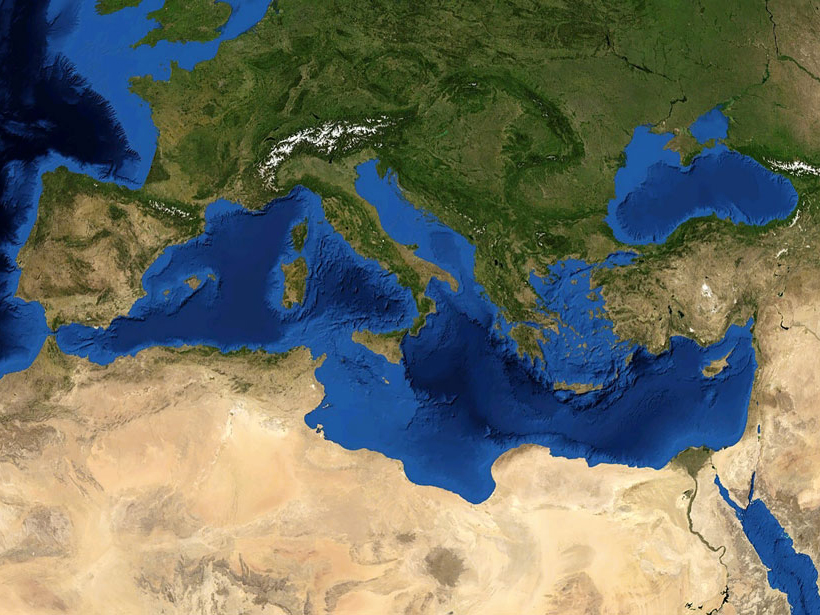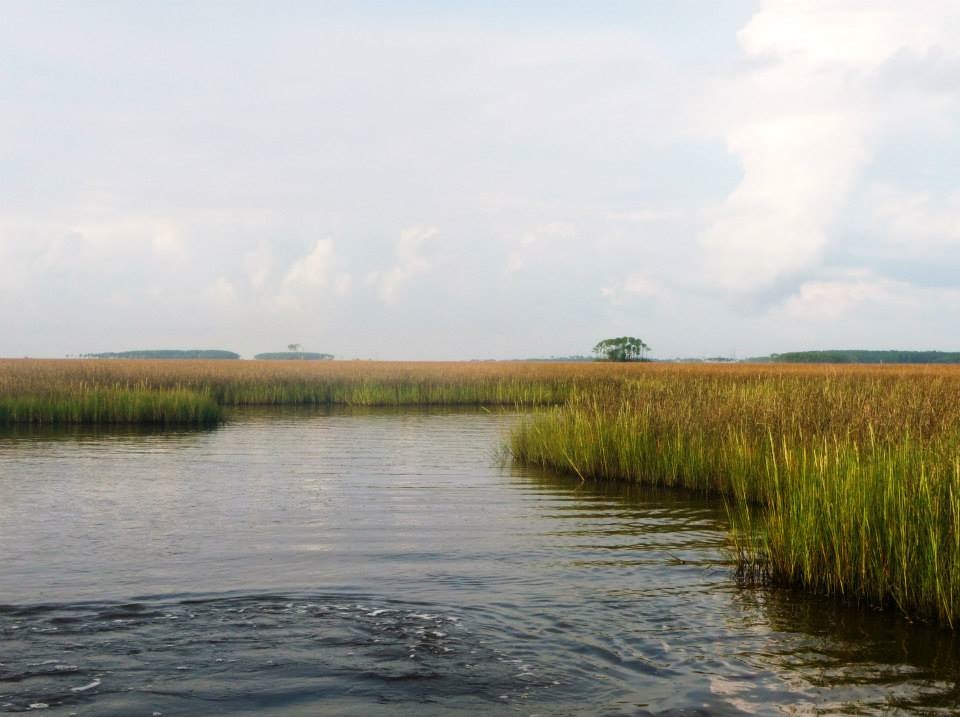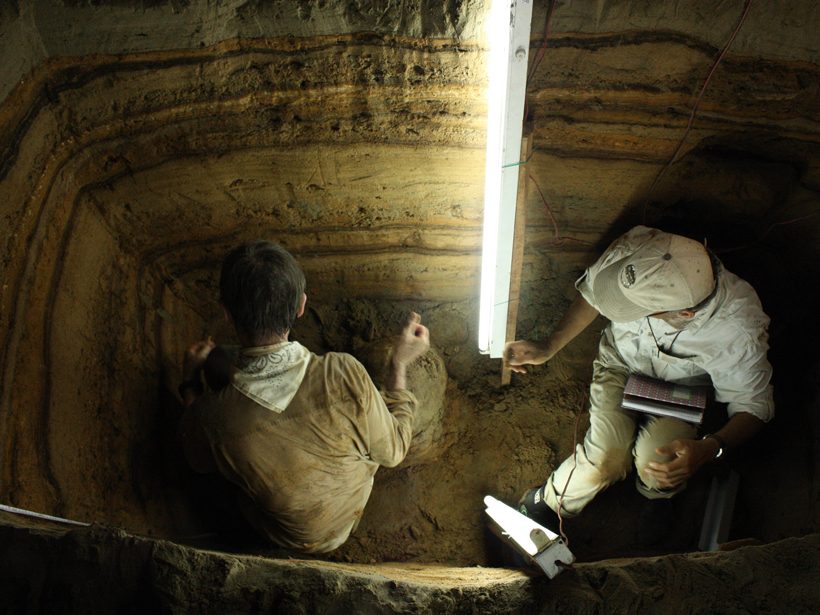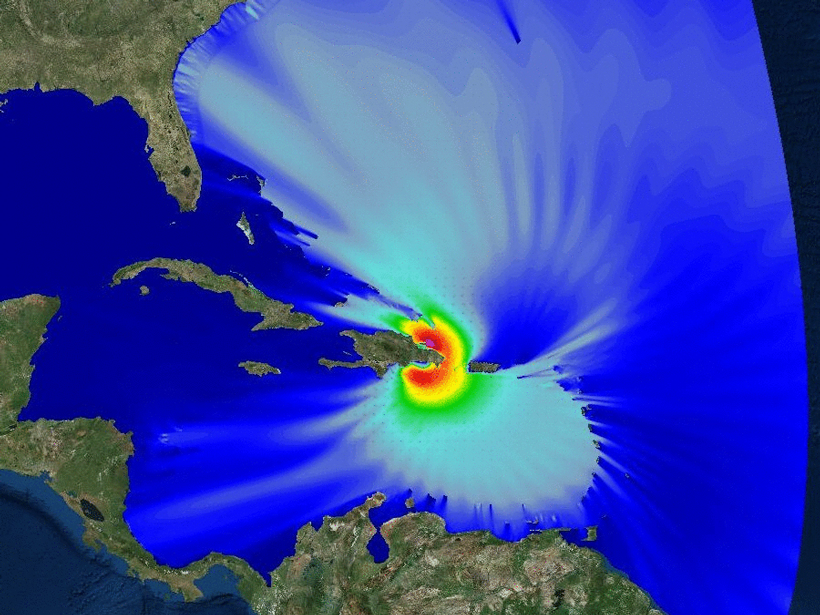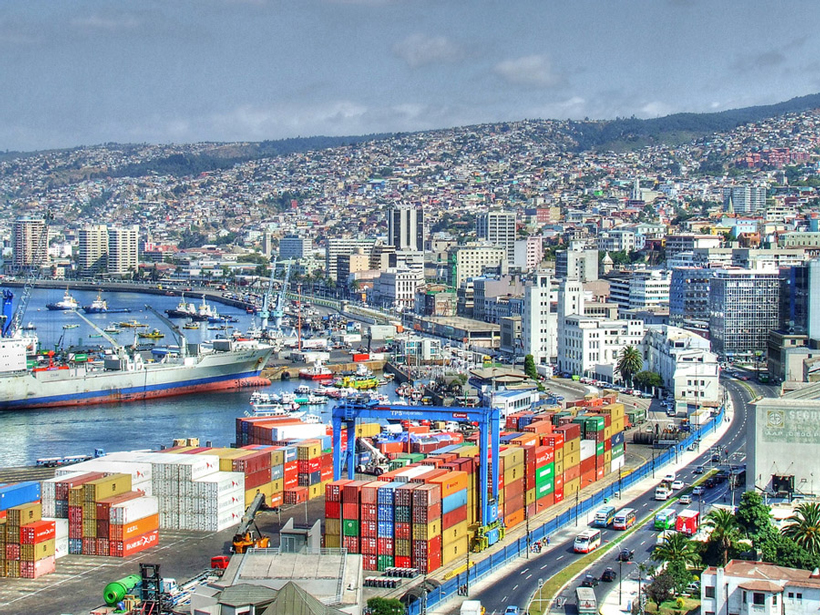Not all waves are created equal when it comes to eroding sandy shorelines. Here’s a look at the physics that drives the big ones.
beaches, coasts, & shorelines
Monitoring Coastal Zone Changes from Space
The resilience of coastal communities depends on an integrated, worldwide coastal monitoring effort. Satellite observations provide valuable data on global to local scales.
Storms May Have Produced Most Mediterranean “Tsunami” Deposits
A new analysis reveals that nearly all of the region’s sedimentary evidence ascribed to tsunamis, which dates back 4,500 years, corresponds to periods of heightened storminess.
Playing with Water: Humans Are Altering Risk of Nuisance Floods
New research suggests that excessive groundwater usage and damming have changed the natural risk of nuisance floods, for better or worse, in eastern U.S. coastal cities.
Water World: Sea Level Rise, Coastal Floods, and Storm Surges
A special issue of Earth’s Future examines the impacts of sea level rise on coastal areas and showcases a paradigm shift in the modeling of these dynamic systems.
Hurricane Irma Tears Across Caribbean, Heads to South Florida
Florida residents prepare for potentially catastrophic winds and flooding.
Coastal Wetlands Effectively Sequester “Blue Carbon”
Mangrove forests, salt marshes, seagrass beds, and the like are carbon storage treasure troves.
Indonesian Cave Reveals Nearly 5,000 Years of Tsunamis
Researchers explore a coastal cave containing layers of sand deposited by 11 prehistoric tsunamis and demonstrate that the time period between massive waves is highly variable.
A Test Bed for Coastal and Ocean Modeling
An ocean modeling program is improving our ability to predict circulation along the U.S. West Coast, dead zones and other coastal ecosystem responses, and storm surges in island environments.
Tsunami Records Show Increased Hazards for Chile’s Central Coast
Simulations of the historical quake raise new concerns: A similar event in the future could cause a devastating tsunami in Chile’s most populated coastal region.



